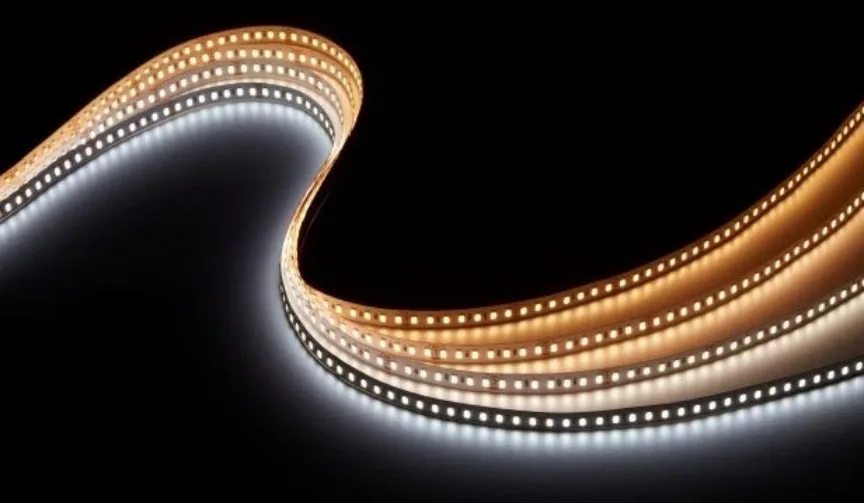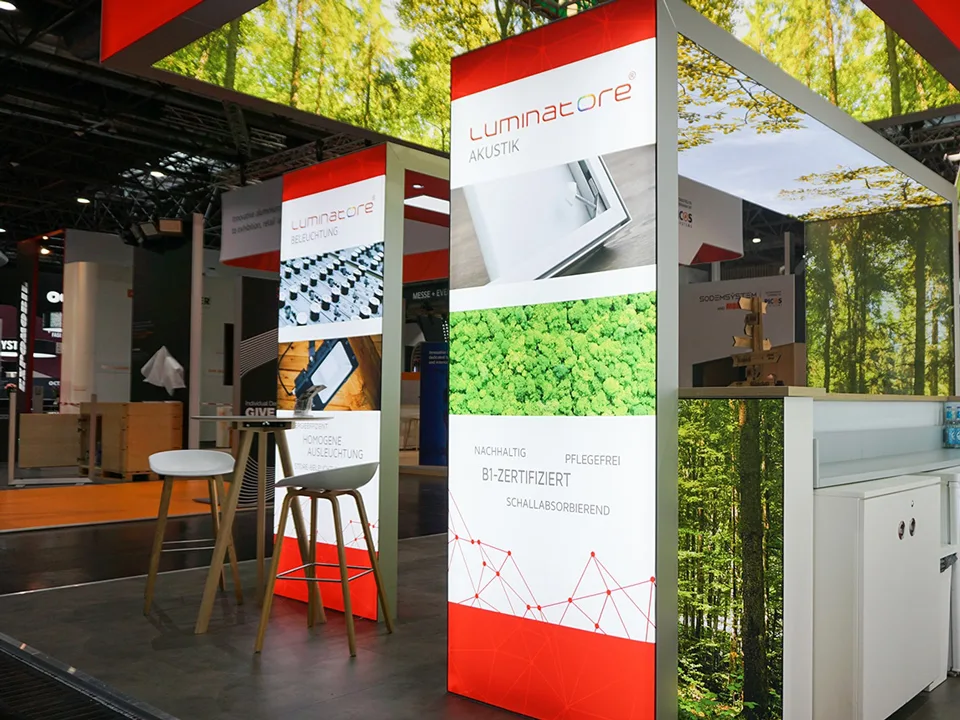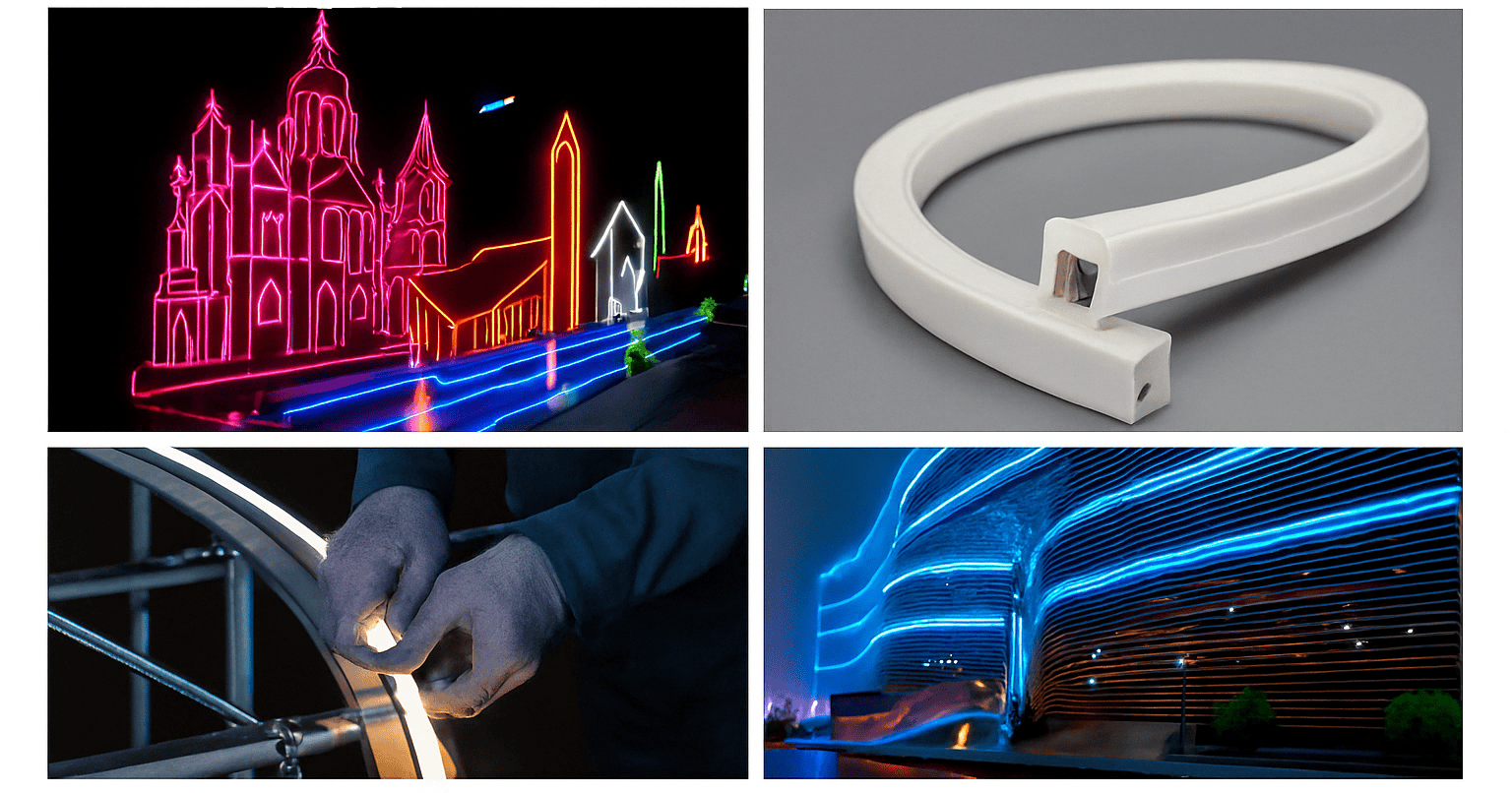The color rendering index( CRI) is the measurement of how light affects how you see color. Understanding the CRI of led strip plays an important role in your home’s appearance.

The type of led strip you use in your home could have a profound effect on the way a room looks. This is often attributed to something known as the CRI. Also referred to as CRI, this index measures the ability of a light source to reveal colors of objects in contrast to a natural light source, such as the sun filtering in through your windows. Put another way, it’s the measurement of light in relation to how it affects the appearance of color. This range can also depend on the “temperature” of the light.
For example, lighting temperatures can range from invisible infrared light to the kind coming from a skylight, all the way to ultraviolet light. Ideally, you want to use lighting that will best illuminate each room depending on your needs.
What’re differences between 80, 90 and 95 CRI
Color rendering is a difficult aspect of lighting, because it is not immediately visible the way color temperature is.Below, we’ll go over some general criteria and applications for when it makes sense to use a certain level of CRI, and what differences you can expect between 80, 90 and 95 CRI.

80 CRI: Acceptable Color Quality
80 CRI is commonly seen as the baseline CRI level for LED and fluorescent lamps. It is definitely an acceptable level of color quality, where most obvious colors stand out and appear good enough for daily tasks. Most manufacturers have settled on 80 CRI as the standard or basic light quality offering, and you are likely to find that most lights sold at your local hardware store have a CRI value of 80.
For a residential setting, 80 CRI is most appropriate for areas where you and your family spend the least amount of time in. Hallways, storage closets and garages are several examples of areas where 80 CRI may be sufficient. That being said, if you have a walk-in closet or a garage where you spend lots of time on your projects, you will likely want to use a higher CRI light source as color differentiation can be somewhat difficult.
Because higher CRI is almost always associated with lower efficiency, we certainly believe that 80 CRI is an appropriate color rendering level for certain applications where efficiency and cost are the primary objectives, but in general, we believe that 80 CRI is at best, an adequate level of color quality for the least demanding of circumstances.
90 CRI: Good Color Quality
Many manufacturers will offer 90 CRI products as their “premium” product offering. The difference between 80 and 90 CRI is very noticeable, and will immediately provide a nice boost in color clarity. For most residential installations, 90 CRI is a good fit for areas where you plan to spend the most time in: bedrooms, living rooms and the dining table.
Most objects, including fresh produce, meats, wood furniture and skin tones, for example, will for the most part appear normal, and you will not find anything to be off-putting or strange.
For residential installations, most will find that 90 CRI is sufficient for their needs, and those who are not as sensitive or picky about appearances will likely not see a noticeable improvement past 90 CRI.
95 CRI: Excellent / Professional Color Quality
Once we reach 95 CRI, color rendering reaches a new level of accuracy. For those whose profession or hobby relies on accurate color perception, the difference between 90 and 95 CRI is often an important and overlooked benefit. Visual artists, for example, will often find that the 95 CRI color accuracy is crucial for distinguishing subtle differences in hue or color tone in their work. In short, with the appropriate color temperature, objects under 95 CRI appear nearly identical to their appearance under natural light.
For residential applications, 95 CRI can bring additional benefits to the overall aesthetic. While the average person may be hard-pressed to identify between a 90 CRI and 95 CRI, subtle differences in color and appearances can help contribute to the cohesion of an interior space. For the average person, they may not even be aware that the lighting is what makes a space, but for interior designers, the 95 CRI is critical to ensure that their carefully chosen furniture and color schemes appear perfect.
What is the best CRI for LED strips? And how do I choose?
The consideration of the CRI of LED strips is similar to other light sources. The higher the CRI, the more closely colors render as they would in natural light. LED strips with a CRI of 80 to 90 are considered good. LED strips with CRI of 90 to 100 are considered excellent.
| Excellent | 90-100 | Most accurate color rendering |
| Good | 60-85 | Acceptable, may have some distortion |
| Poor | 0-55 | Distortions in color are obvious |
Let’s close out our CRI discussion with some real examples from SignliteLED. Our customer favorite 480 COB led strip is a premium, standard density LED strip light, available in cool or warm white color temperature. It boasts a CRI of 90+.
Our bright and gorgeous Premium 24V strip light is available in neutral white; warm white; soft white and boasts a CRI of 95+.
No matter the factors you are looking for in your LED strip lights, SignliteLED is sure to satisfy. If you have any questions about any of our products or if you want to talk about CRI with a real-life LED lighting pro, pls inquiry our service-driven, knowledge-based team soon.
How important is CRI in lighting?
There are some environments where color assessment is critical, like certain medical settings or where color is used to mark hazardous materials (especially where light sources may be not ideal.) In other environments, getting the truest view of colors might not be urgent, but thoroughly desirable. Especially environments where lots of time is spent; work is conducted; natural light is either scarce or not available, having a lighting of a high CRI is a positive attribute, where the colors of the environment would be closer to that of natural light.
Imagine a room decorated with beautiful artwork or carefully selected photographs hanging on the wall. Fine drapes with flecks of color throughout hang around stately windows. An elegant handwoven rug ties the whole room together. A room with such detail would beg for high CRI lights, letting each color shine out and be seen in such an appointed room.
In general, the more identically natural light can be replicated, the better when it comes to light sources. Many of us remember the initial push from incandescent lights to some alternative light sources—who can forget old fluorescent tube lights and the way everything in their path had a sickly, dreary look? LED lighting and LED strip lights are specifically gaining in the ability to produce attractive looking light as well as energy savings.

Is CRI the Same as Color Temperature?
CRI is not the same as color temperature. In LED strip lights, we often talk about color temperature, meaning what is the appearance of the light source itself (like soft white, warm white, cool white, etc.) So looking at the illuminated LED strip light, we see light with a bluish tint (which we might call cool white) or a golden glow (which we might call warm white.) All of those are assessments of the LED strip’s color temperature. CRI is measuring the appearance of the colors of the things viewed in the light produced by the light source (like the red apple as our example above.)
The color temperature rating of an LED strip light and that same strip’s CRI rating are independent of each other.

Does CRI affect lumens?
CRI is an indicator that describes the ability of a light source to restore the color of an object. It measures the true degree of the color of an object under the light source. The brightness is the brightness of the light source in a certain direction, which is related to many factors such as the power, efficiency, design and use environment of the light source.
Therefore, a light source may have a high CRI and high brightness, or a low CRI and high brightness, or any other combination. For example, high-quality LED lamps can be designed to have both a high CRI (such as CRI > 90) and high brightness (such as several thousand lumens) to meet occasions with high requirements for color reproduction and light intensity.
In general, CRI and brightness are two independent parameters, and there is no direct interaction between them. When selecting lighting equipment, these two parameters and other related factors need to be comprehensively considered based on specific application scenarios and needs.
What CRI is better LED or fluorescent?
High-quality LED lamps usually have a high CRI and can restore the color of objects more realistically. For example, the CRI of some high-end LED lamps can exceed 90 or even close to 100 (the CRI of natural light)
The traditional design of fluorescent lamps may limit their color rendering performance in some aspects. The CRI of cool white fluorescent lamps may be set at 68, the CRI of warm white fluorescent lamps may be 56, and the CRI of daylight fluorescent lamps may reach 75 .
Is sunlight 100 CRI? What LED light is closest to sunlight?
The CRI of the sun is generally considered to be 100, which is based on the standards of the International Commission on Illumination (CIE), which sets the CRI of sunlight as 100Ra and stipulates 15 test colors to evaluate the color rendering of the light source.
Dysprosium lamp:
The brightness of the dysprosium lamp is extremely high, and its standard color temperature (5600K~6000K) is similar to that of sunlight, which can simulate the effect of sunlight well.
Xenon lamp:
The xenon lamp fills the quartz bulb of the light bulb with xenon gas, and when the current passes through, it generates a discharge within the pole spacing, thereby emitting a continuous spectrum. Its color temperature is about 5800K, which is close to natural light.
High-quality LED lamps can achieve a higher CRI (such as CRI > 98) by optimizing the spectral distribution, thereby restoring the color of objects more realistically.
- Recommended CRI index levels for various lighting projects
- Streetlights, transit/parking lots, storage rooms, warehouses, and photography, a minimum CRI value of 70 or 80 is recommended.
- CRI over 80 were commonly used for office
- CRI of 85 were used for high-intensity spot lighting.
- CRI of at least 90 are recommended for bedrooms, living rooms, bathrooms, and kitchens.
- CRI of 95 are suitable for cafes, hotels, and restaurants.
- CRI of 97 are recommended for offices where work with colors is involved, as well as design studios and photography studios, CRI of 97 are ideal for hospitals
- Electronics stores, hardware stores, and jewelry stores, while lights with a CRI of 98 are ideal for interior design stores.
- CRI of 95 are suitable for cafes, hotels, and restaurants.
However, whether a certain level of color rendering is appropriate for a particular location depends on whether it ultimately has an effect on the people using the light or occupying the space. High CRI LED lighting does come at a higher purchase cost and lower efficiency, so these are also things to consider as downsides to improving the color rendering of a space.




